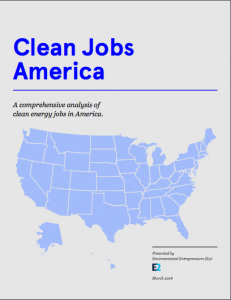 The 2016 Prospective Plantings report out today from USDA’s National Agricultural Statistics Service (NASS) shows farmers expect to plant more corn than expected this year.
The 2016 Prospective Plantings report out today from USDA’s National Agricultural Statistics Service (NASS) shows farmers expect to plant more corn than expected this year.
U.S. corn growers expect to plant 93.6 million acres to corn this year, the first increase in corn planted acreage since 2012 and, if realized, will be the third largest corn acreage since 1944. Farmers in 41 out of the 48 states expect to either maintain or increase the number of acres they plant to corn. Growers in Illinois, Iowa, Kansas, and North Dakota expect to increase their corn acreage by 400,000 or more acres in 2016. Assuming the five-year average 91.3 percent harvest rate and the projected 25-year trend yield of 165.4 bushels per acre is achieved, farmers will harvest 14.13 billion bushels, nearing the production record of 14.2 billion bushels set in 2014, according to the National Corn Growers Association (NCGA).
In addition, the new grain stocks report increases corn stocks in all positions as of March 1 by one percent compared to this time last year. Stocks totaled 7.81 billion bushels and of the that, 4.34 billion bushels were stored on farms, down 1 percent from a year earlier. Off-farm stocks, at 3.47 billion bushels, are up 3 percent from a year ago.
“U.S. farmers produced an abundant crop in 2015. Given the strong carryover entering this growing season, we may see quite a large corn supply at harvest should weather prove favorable in 2016,” said NCGA President Chip Bowling. “While many factors may change the reality on the ground as planting progresses, American corn supplies should remain ample for the year to come. Given the impact this continues to have on prices, the work being done at NCGA to grow demand will prove even more important as we work to find markets for our product and remain profitable into the future.”
Renewable Fuels Association (RFA) president and CEO Bob Dinneen says the planting intentions show that American farmers are continuing to hold up their end of the deal when it comes to the Renewable Fuel Standard (RFS). “They’ve made the investments and planting decisions necessary to provide adequate supplies of grain to meet all demands, including the feedstock needed to produce the 15 billion gallons of ethanol required in 2016 under the RFS statute,” commented Dinneen. “But by slashing the RFS requirements for 2016 below statutory levels, the Administration isn’t honoring its commitment to our nation’s farmers and is contributing to great economic uncertainty in the agriculture sector.”
Dinneen adds that the report underscores the importance of getting the RFS back on track and growing corn demand.
 The Renewable Fuels Association (RFA) was part of a recent trade mission to Peru led by Agriculture Secretary Tom Vilsack which included discussions about increasing cooperation with that country when it comes to ethanol production and exports. The March 13-15 trip went to Lima and the Piura region, where cane-based ethanol is produced, and featured meetings with ministry of energy officials and a biofuels roundtable with ethanol producers and fuel distributors.
The Renewable Fuels Association (RFA) was part of a recent trade mission to Peru led by Agriculture Secretary Tom Vilsack which included discussions about increasing cooperation with that country when it comes to ethanol production and exports. The March 13-15 trip went to Lima and the Piura region, where cane-based ethanol is produced, and featured meetings with ministry of energy officials and a biofuels roundtable with ethanol producers and fuel distributors. 









